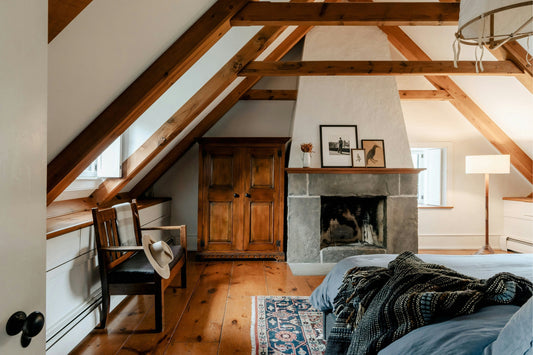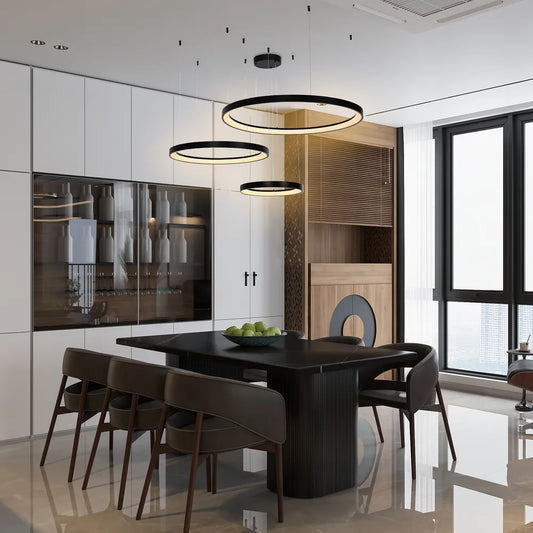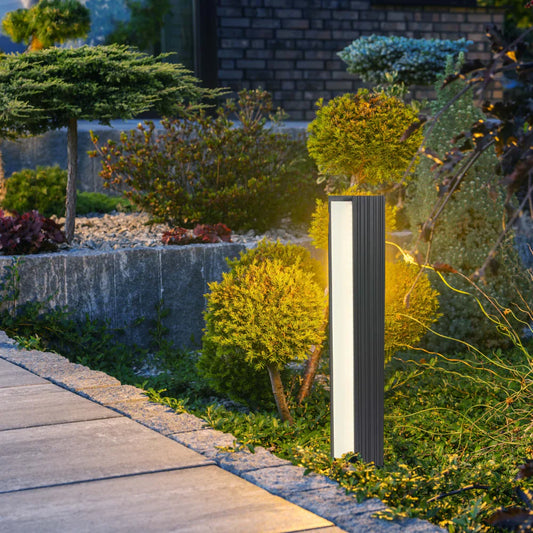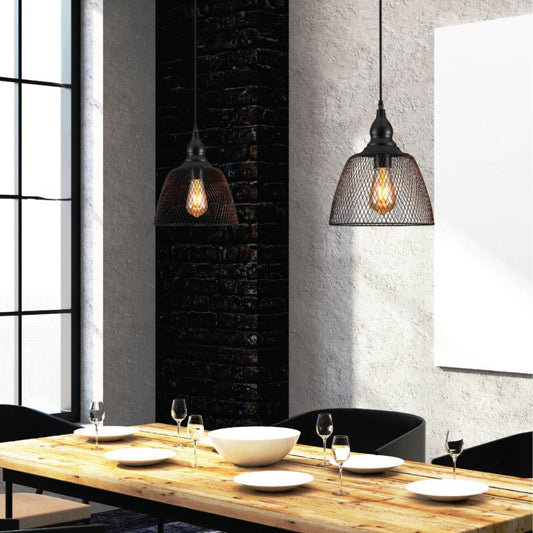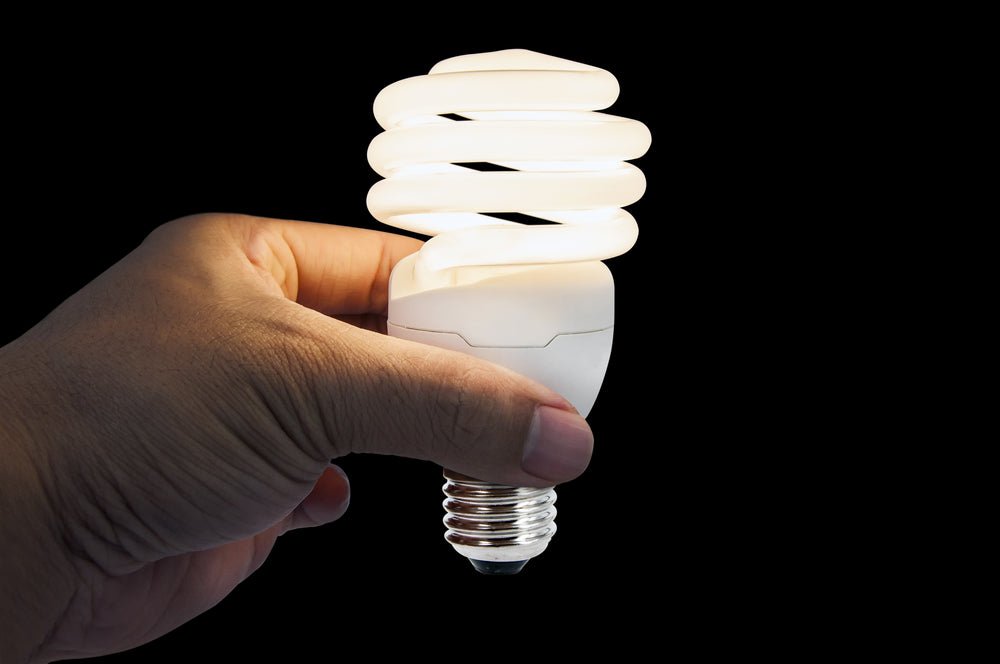
Fluorescent lights are a type of lighting technology that relies on fluorescence to produce light. Unlike incandescent bulbs, which generate light by heating a filament until it glows, fluorescent lamps use an entirely different mechanism to illuminate.
Who Founded the Fluorescent Lights?
The invention and development of fluorescent lighting cannot be credited to a single individual, as it was the result of work by several scientists and inventors over many years. However, the foundation for modern fluorescent lights was significantly advanced by several key figures:Peter Cooper Hewitt (1861–1921): An American engineer who, in the early 20th century (around 1901), invented the mercury-vapor lamp, which was an early type of gas discharge lamp. Hewitt's lamp emitted light through the ionization of mercury vapor, producing a bluish-green light. This was an important precursor to the fluorescent lamp, although it didn't use a fluorescent coating inside the tube.
Edmund Germer, Friedrich Meyer, and Hans Spanner: These German scientists are credited with the development of the first practical fluorescent lamp in the 1920s. Edmund Germer, in particular, made significant improvements by inventing a high-pressure vapor lamp that also incorporated a fluorescent phosphor coating, which converted UV light to visible light. Their work laid the groundwork for the fluorescent lighting technology used today.
George Inman and the General Electric Company: In the 1930s, George Inman, in collaboration with the General Electric Company, further developed the fluorescent lamp to make it more practical and efficient for widespread use. This involved improving the lamp's design and the phosphors used, leading to the commercial introduction of the fluorescent light bulb in the United States in 1938.
These inventors and their developments contributed to the creation of the fluorescent light as we know it today—a source of light that is more energy-efficient than the incandescent bulbs that were predominant at the time. Despite the advent of even more efficient lighting technologies like LED, fluorescent lighting remains a significant part of our lighting landscape, particularly in commercial and industrial settings.
What are fluorescent lights used for?
Fluorescent lights are used for lighting up dark areas. These lights can be used in offices, schools, and homes. Fluorescent lights are also known as "daylight" or "black light".
Fluorescent lights are used for a wide range of applications, including:
- Lighting for homes, offices, and other indoor spaces
- Street lighting and outdoor lighting
- Backlighting for LCD screens and displays
- Grow lights for plants and indoor gardening
- Medical applications such as phototherapy for skin conditions and diagnostic imaging
- Industrial lighting for factories, warehouses, and other large spaces
- Specialized lighting for photography and film production.
Fluorescent lights are popular because they are energy-efficient, long-lasting, and produce a bright, even light that is suitable for many different applications.

What is an example of a fluorescent light?
Fluorescent lights are used to illuminate areas. They are installed in offices, homes and stores to light up the interior spaces. In addition to being used for interior lighting, fluorescent lights can also be found in aquariums as well as growing plants on tables or shelves. We can classify them as well
- Compact fluorescent lamps (CFLs): These are small fluorescent bulbs that can be used in place of traditional incandescent bulbs in many fixtures. They are energy-efficient and can last up to 10 times longer than incandescent bulbs.
- T8 fluorescent tubes: These are long, narrow tubes that are commonly used in commercial and industrial settings. They are efficient and produce a bright, even light that is suitable for many different applications.
- T5 fluorescent tubes: These are similar to T8 tubes but are smaller in diameter. They are often used in specialized applications such as aquarium lighting and horticultural lighting.
- High-output fluorescent lamps: These are large, powerful fluorescent lamps that are used in commercial and industrial settings where high levels of light are required. They can be up to six feet long and produce a very bright, intense light.
- Black lights: These are fluorescent bulbs that emit ultraviolet light. They are commonly used in entertainment and artistic settings, as well as in scientific research and forensic investigations.
Overall, fluorescent lights are popular because they are energy-efficient, long-lasting, and produce a bright, even light that is suitable for many different applications.
How do Fluorescent Lights Work?
Fluorescent lights work by exciting electrons in the atom. When an electron is excited, it releases energy in the form of light. The light emitted from the tube can be seen by humans or machines as white or coloured light depending on its wavelength (colour).
Fluorescent lamps contain mercury vapour within their tubes, which absorb ultraviolet radiation from sunlight to produce a visible red phosphor coating on its surface. When you shine some type of electrical current through this material, it emits photons that hit your eyes—that's why fluorescent lights are so bright.
Why do Fluorescent Lights need ballast?
A ballast is a very important component of fluorescent lights for two reasons: it keeps the fluorescent lamp from burning out while also providing it the energy or voltage the lamp needs to get going. The ballast controls the amount of current supplied through the lamp to keep the lamp from self-destructing. It regulates the current by providing the perfect amount of voltage that is required for the lamp to run.
Where should you use Linear Fluorescent Lights?
Linear fluorescent lights are used in a variety of applications. They can be used indoors and outdoors, commercial and residential, interior and exterior lighting applications. Linear fluorescent lights are ideal for parking lot lighting as well as commercial grade street lamps that illuminate sidewalks or roadsides.
What are the Advantages and Disadvantages of Fluorescent Lights?
Fluorescent lights are generally considered to be more energy efficient than other types of lighting. They work by emitting light through a phosphor coating on the inside of the tube, which causes it to glow when electricity passes through it. This type of lighting has many advantages over incandescent bulbs and halogen lamps, including lower energy costs and longer life spans.
However, there are some disadvantages as well. Some people have reported that fluorescent lights create headaches or eye strain when used for long periods of time (more than 4 hours per day). It's important for you to try them out before committing yourself fully!
What are the components of fluorescent bulbs or lights?
Fluorescent bulbs or lights consist of several components, including:
- Glass tube: The main component of the bulb is a long, thin glass tube that contains a small amount of mercury vapor and a phosphor coating.
- Electrodes: The tube is sealed at both ends with electrodes(Cathodes), which are made of tungsten and are coated with an electron-emitting material.
- Ballast: A ballast is a device that regulates the current flowing through the bulb. In older fluorescent bulbs, the ballast was a heavy, magnetic device, but newer bulbs use electronic ballasts that are smaller and more efficient.
- Starter: Some older fluorescent bulbs require a starter, which is a small device that helps to ionize the gas inside the bulb.
- Phosphor coating: The inside of the tube is coated with a phosphor material that converts the ultraviolet light into visible light. The color of the visible light depends on the type of phosphor used.
- Gas: The tube is filled with an inert gas, such as argon or neon, as well as a small amount of mercury vapor. When the gas is excited by the electrons from the cathodes, it produces ultraviolet light.
There are some potential hazards associated with fluorescent bulbs, particularly with the small amount of mercury they contain. If a bulb breaks, the mercury can be released into the environment, which can be harmful to human health and the environment. However, the risk of mercury exposure is relatively low, especially if the bulb is handled and disposed of properly. It's important to recycle fluorescent bulbs rather than throwing them in the trash, and to take appropriate precautions if a bulb breaks, such as using gloves and a mask to avoid inhaling any dust or vapors.
Why do Fluorescent Lights Change Colours?
Fluorescent lights are made of glass tubes filled with argon gas. Argon is a noble gas, which means it does not form compounds with other elements and does not react with oxygen or nitrogen in the air.
Argon has an energy level that allows it to absorb photons (particles of light) moving through its molecules. A fluorescent tube contains one type of fluorescent material, which absorbs more energy than another type and releases electromagnetic radiation as heat instead of visible light when excited by an electrical current passing through it. The larger amount of excitation causes increased electron flow from higher quantum levels down through lower ones—producing more photons per second than would be emitted from only one type at higher Kelvin temperatures—and thus changing colour!
Fluorescent lights are durable, efficient, and easy to install.
Nowadays LED tubes take place of fluorescent tubes without a ballast and a starter and with longer lifetime, LED tubes are cheaper to maintain and also to operate. In the UK CFL-type tubes or bulbs are no longer will be sold and all tubes will be replaced by LED versions.
Fluorescent lights are replaced with LED tubes and the ones with integrated LED versions like LED batten lights and LED panel lights. TEKLED offers you high-quality LED lights at affordable prices.
